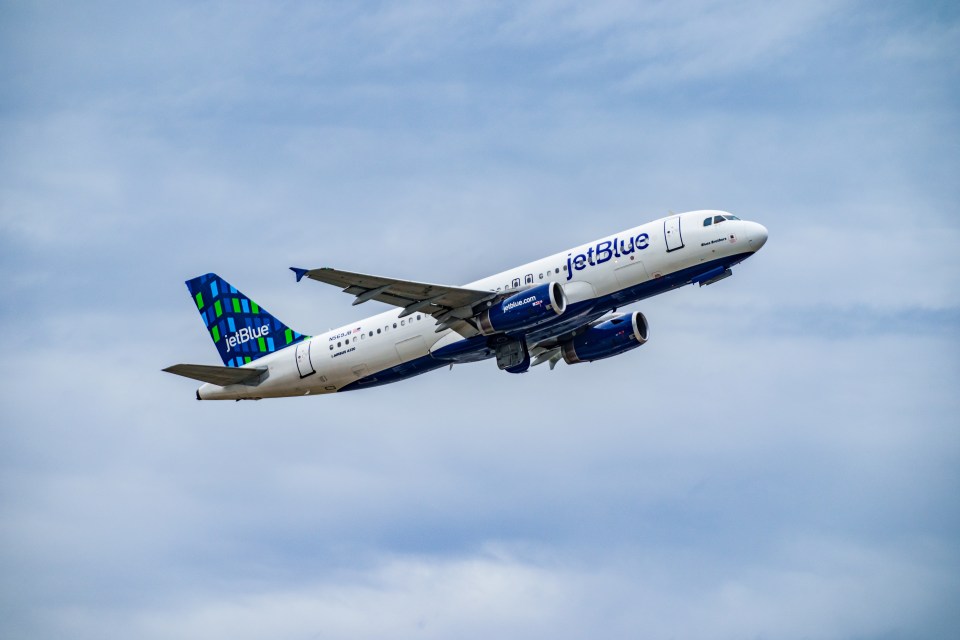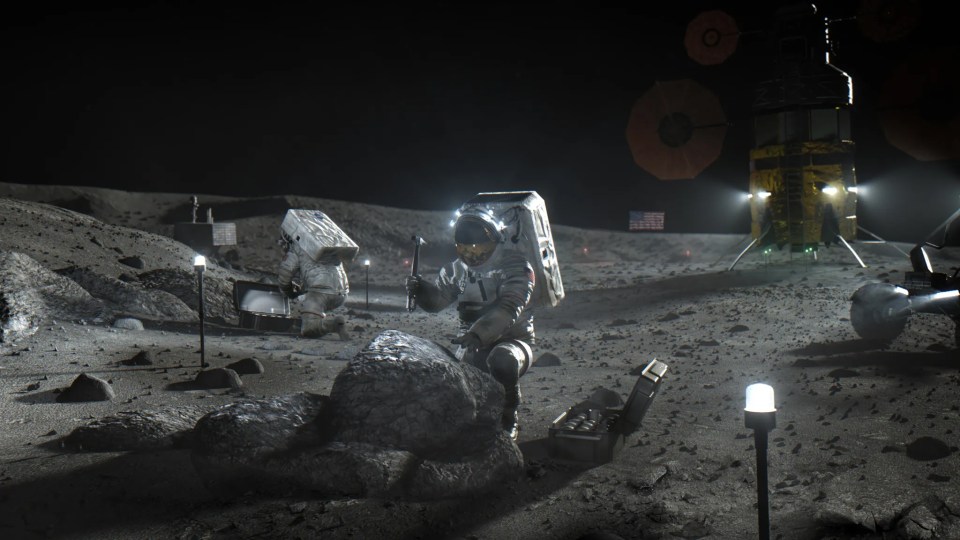Nasa will pay you $20,000 to invent a way to rescue astronauts stranded at dark ‘South Pole of the Moon’
NASA has solicited intelligent members of the public for suggestions on how to save astronauts who are stuck on the moon, and they will pay top bucks for them.
For the finest proposal, the US Space Agency has offered a $20,000 top prize.
It is a component of the $45,000 prize pool for the Lunar Rescue System, NASA’s South Pole Safety Challenge.
NASA fears that astronauts could sustain injuries on the hostile lunar surface and be unable to return to safety.
Given that NASA now plans to send astronauts to investigate the Moon’s South Pole as early as September 2026, it’s a very real concern.
“In the unforgiving lunar environment, the possibility of an astronaut crewmember becoming incapacitated due to unforeseen circumstances (injury, medical emergency, or a mission-related accident) is a critical concern,” Nasa’s Sarah Douglas said.
Read more on Nasa
“Starting with the upcoming Artemis III mission, where two astronaut crewmembers will explore theLunar South Pole.”
NASA’s Artemis missions, which aim to create a continuous human presence on the moon, are currently halfway through.
One of the best places to explore has been chosen to be the Lunar South Pole.
The possibility that astronauts could utilize water-ice trapped in dark craters is one of the primary causes.
Astronauts might use this as a useful resource for cooling, drinking, and possibly even producing oxygen and fuel.
However, NASA has cautioned that astronauts will find exploration challenging.
Nasa 2030 Moon car to face -240C ‘fortnight of darkness’ to set up base
“The Moon s surface is littered with rocks ranging from 0.15 to 20 meters in diameter and craters spanning 1 to 30 meters wide, making navigation challenging even under optimal conditions,” Douglas said.
“The low gravity, unique lighting conditions, extreme temperatures, and availability of only one person to perform the rescue, further complicate any rescue efforts.”
NASA is worried that an astronaut might be stranded if they were incapacitated when they were not inside a base or vehicle.
The space agency must therefore devise a workable plan for its partner to swiftly and safely return them to a landing mechanism.
“A single crew member should be able totransportan incapacitated crew member distances up to 2 km and a slope of up to 20 degrees on the lunar terrain without the assistance of alunar rover,” Nasa stated.
Then what should the solution look like?
It must be “low in mass” and extremely simple for one person to deploy.
Additionally, it must to be able to return a companion who is completely crippled to base.
NASA ARTEMIS MISSIONS THE TIMELINE

The goal of the Artemis mission is to bring people back to the Moon.
The establishment of a permanent Moon base is one of the missions that will be part of the exploration program.
Planned timeframes can vary greatly, as with any space missions, but this is what we anticipate…
The Space Launch System (SLS) rocket’s uncrewed test, Artemis I (2022), was successful.
Artemis II (2025) planned Orion spaceship and SLS crewed test flight.
Artemis III (2026) The first American crewed landing on the moon since Apollo 17 in 1972.
The second crewed lunar landing mission, Artemis IV (2028), will use Orion and the Starship HLS to dock with the Lunar Gateway station close to the moon.
The third crewed landing of Artemis V (2030) will include the delivery of NASA’s Lunar Terrain Vehicle.
The Lunar Gateway Space Station and the Crew and Science Airlock are integrated during Artemis VI’s fourth crewed landing in 2031.
Although it may not seem like much, according to NASA, an astronaut in full suit weighs about 755 pounds (343 kg).
Additionally, the Moon’s temperature can vary from 54°C to -203°C (130°F to -334°F), according to NASA.
Crucially, your solution cannot be solely dependent on the lunar rover.
“The solution must perform effectively in the Moon s extreme South Pole environment and operate independently of a lunar rover,” Nasa stated.
“Your ingenuity and knowledge could close this crucial gap and improve the safety precautions for future lunar explorers.”
“By addressing this challenge, you have the opportunity to contribute to thenext’giant leap’ in human space exploration.”
Read More on The US Sun
The public can now enter the challenge, which ends on January 23, 2025.
You can apply and read the whole guidelines here.
The Moon our closest neighbour explained
What you should know is this…
- The Moon is a natural satellite a space-faring body that orbits a planet
- It’s Earth’s only natural satellite, and is the fifth biggest in the Solar System
- The Moon measures 2,158 miles across, roughly 0.27 times the diameter of Earth
- Temperatures on the Moon range from minus 173 degrees Celcius to 260 degrees Celcius
- Experts assumed the Moon was another planet, until Nicolaus Copernicus outlined his theory about our Solar System in 1543
- It was eventually assigned to a “class” after Galileo discovered four moons orbiting Jupiter in 1610
- The Moon is believed to have formed around 4.51billion years ago
- The strength of its gravitational field is about a sixth of Earth’s gravity
- Earth and the Moon have “synchronous rotation”, which means we always see the same side of the Moon hence the phrase “dark side of the Moon”
- The Moon’s surface is actually dark, but appears bright in the sky due to its reflective ground
- During a solar eclipse, the Moon covers the Sun almost completely. Both objects appear a similar size in the sky because the Sun is both 400 times larger and farther
- The first spacecraft to reach the Moon was in 1959, as part of the Soviet Union’s Lunar program
- The first manned orbital mission was Nasa’s Apollo 8 in 1968
- And the first manned lunar landing was in 1969, as part of the Apollo 11 mission
Note: Every piece of content is rigorously reviewed by our team of experienced writers and editors to ensure its accuracy. Our writers use credible sources and adhere to strict fact-checking protocols to verify all claims and data before publication. If an error is identified, we promptly correct it and strive for transparency in all updates, feel free to reach out to us via email. We appreciate your trust and support!















